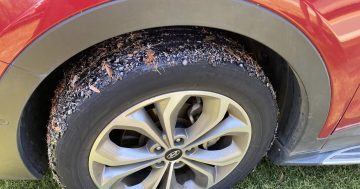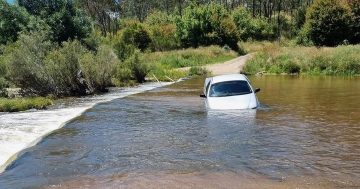Gee, it seems we Canberrans will cop anything – even the rubbish they call road re-sealing. You see (hear and feel) all the loose aggregate (stones) and you think ‘oh, this is temporary, they’ll be back to put the proper bitumen coat on’. But they don’t. So our streets now resemble something worse than you’ll find in the outback.
Our street was fine before they rushed (it took them 45min) a program of re-sealing ahead of the last election. They selected a much larger aggregate size, which means the kids can’t walk on the road without covered footwear, so less bike riding/random acts of exercise. There are still loose stones everywhere years afterward. I rang to complain and I asked what standard do they have to comply with. Answer: None (they do for newly built roads only).
A few years ago they couldn’t put the roads in the right places (think about the interchange), now they can’t pave properly. What next? Dirt roads?
I love Canberra but I’m getting sick of this cheap, miserly and sometimes mean government.















